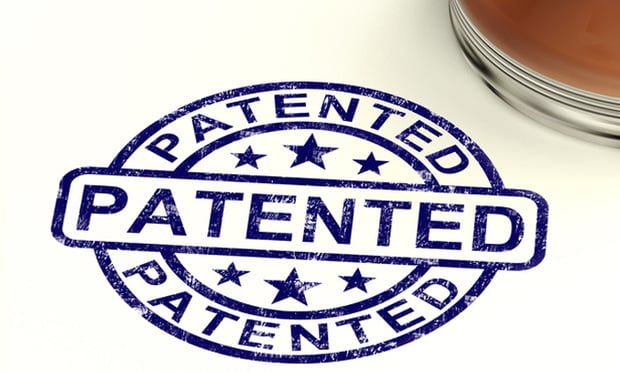The requirements for pleading a complaint for direct patent infringement have undergone substantial change in 2016, with district courts taking largely divergent positions on what is required. For years the sufficiency of such pleadings was controlled by Form 18 to the Federal Rules of Civil Procedure—a largely bare-bones form that provided little useful information to the accused infringers. Form 18, however, was abrogated on Dec. 1, 2015, making way for the broader Iqbal and Twombly standards applied to most other federal complaints. District courts however, have disagreed in fundamental ways this year over what this standard requires in the context of direct patent infringement. What must you plead about the asserted claims and the accused products? Must you plead facts plausibly showing that each claim element is met? More disagreement may be in the offing on what this standard means for patent invalidity counter-claims and affirmative defense.
THE DEMISE OF BARE BONES PATENT COMPLAINTS
The U.S. Supreme Court in Bell Atlantic v. Twombly (2007) instructed that a complaint “requires more than labels and conclusions, and a formulaic recitation of the elements of a cause of action.” Ashcroft v. Iqbal (2009) reinforced that the complaint must contain factual allegations which “plausibly give rise to an entitlement of relief.” These standards are relied upon in most types of cases, not just to understand the nature of any alleged wrong-doing, but to challenge at an early stage whether any justiciable controversy even exists.






